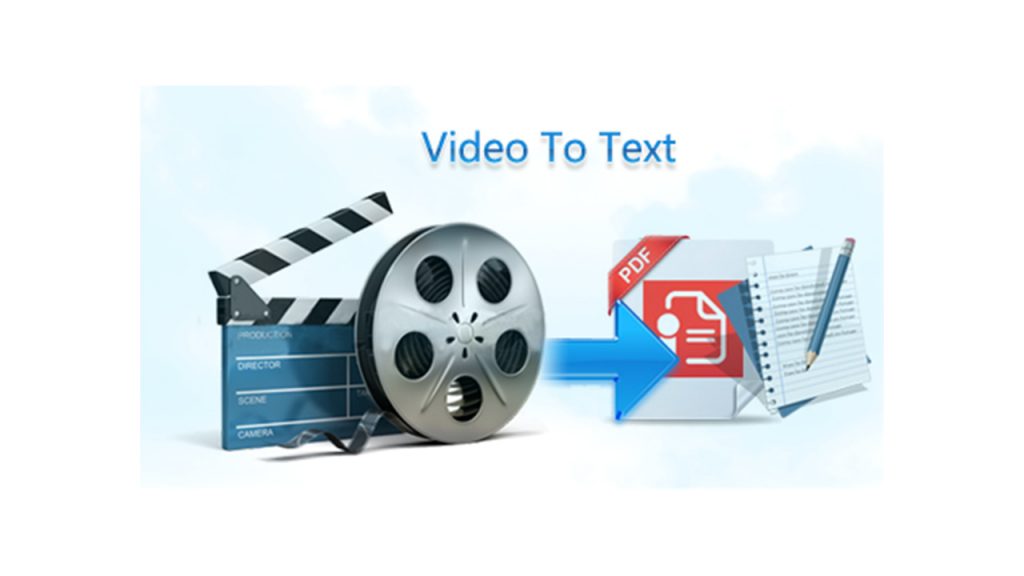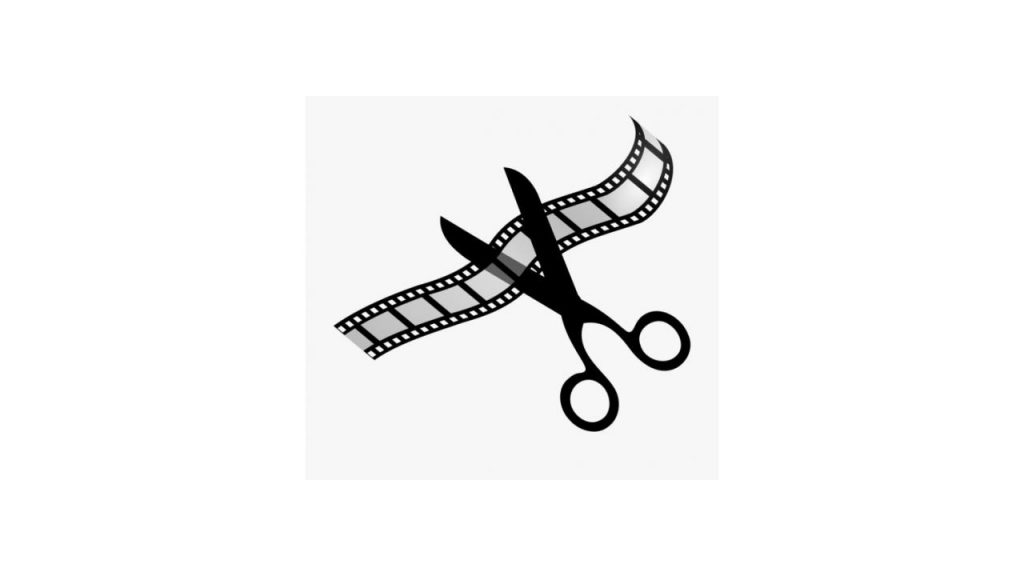How to Edit Videos Using Transcription Services
Transcription can help in the process of video editing
If you are doing post-production work on any kind of video content that includes spoken language, like interviews, dialogs and testimonials, you will realize that it isn’t easy to determine who is talking and in the same time go through the video footage to find what you need. In that case, we recommend that you use video transcriptions. This will help you a lot with editing. We will let you know how exactly adding transcriptions to your video content can result in many benefits to you and your intended audience. Stay tuned and read on.
Let us first start with transcription. What is meant by transcription in this context? To put it simply, transcription describes any kind of process of putting the spoken words into written format. This is a type of conversion of information from one format to another, and it means that the transcriptionist need to listen attentively to the video file and write down everything exactly as it was said in the video(s). This kind of transcription of an audio content makes it easy to have an overview of what was said and in cases when timestamps are also included it makes it much easier to search through the video file and find the exact spot when something was said. Usually, a video transcription includes the filename, label of speakers and timestamps. A good transcription is marked by good spelling and grammar and on top of that it is formatted in a way that makes it easy to read in the end.
Transcription can be done by trained human professionals called transcribers, but there is also various software on the market that can do automated transcriptions. In some occasions this might be a good choice, for example when speed and affordability are the crucial factors, but when it comes to video transcription, automated service are not always the best possible option. In video transcription accuracy is of utmost importance, and a trained human professional still simply provides more accurate transcriptions than a machine, even with all the technological advancement that is going on.
You can also try to do the job yourself, but be warned that it is a challenging and time-consuming task, so you might consider concentrating on your editing and leave the transcribing to professionals. This way you can save yourself some nerves and a lot of time. Also, a professional will probably do the job more accurately than you. However, if you are prepared to spend hours and hours on pausing, rewinding and forwarding the tape, scribbling down what was said and then repeating the process until all is done, manual transcription is doable. We hope you are stocked up on coffee, and that you are prepared to for any unforeseen events in the conversations, for example muffled noises, inaudible parts of the speech, low sound quality and so on. All these little annoyances add up, so in the end you will maybe save some money, but you will pay for that in nerves and patience.
Especially if the dialogues of your footage are not scripted, transcriptions are your way to go. You will not have to go through all your footage to find a quote, since you can simply type it into your document and based on the timestamp you will know where it is in the video. This will make the post-production process tremendously faster, and will make the cutting phase much easier. You will also feel more efficient and productive due to all the time saving you’ll experience. There are few things in life that are more gratifying than doing tasks on time, especially if your line of work involves video production and you have constant deadlines all the time.

Here are some points on video editing with transcription which might come in handy.
- Video to text
The first thing you will need to do is to actually order the transcription. As already mentioned, the best option would be to outsource this job and to hire professionals to do it. We recommend Gglot, as a great transcription service provider. You won’t have to put much work in this, simply send your video recordings to Gglot via their homepage and wait for the transcripts. Gglot will provide you with accurate transcriptions for a fair price. We won’t go much into details on how transcriptions are done, since you won’t have to worry about that at all. Rest assured that your transcription is handled by trained professionals with years of experience in the transcription business, and they all employ cutting edge technology that will result in your transcription having the best possible accuracy. Remember to ask for timecodes when ordering your transcriptions. Another thing that might be interesting for you, are verbatim transcriptions, which means that every sound like “ah”, “erms” and other filler words are also written in the transcription. This might be useful in some instances, because it can provide additional cues, or context, through which the meaning of any kind of utterance can be better explained.
- Organization of the transcription
There are different ways that you can comment on your transcripts. For example, Gglot makes it possible for you to edit the transcription before downloading it. This is a step we would recommend you to do, because it will save you a lot of time later on in the production process, and it will make it easier to archive and catalogize your transcription. You can also save the transcription as multiple files in order to easily share them with your team. This comes in handy when you are working with a very large transcription, and it is easier to splice the transcript early on. You can also download your transcript and save it in the form of a Word document. To store it, we recommend Google Drive or Dropbox.
- The search
After you have stored your documents, you need to go through them to find the best parts which you want to use in your video project. The easiest way to do this is to search for certain keywords that are connected to your story. Those lines need to be highlighted. You might want to use them later on for marketing purposes on social media or advertisement.
Also, your speakers might correct themselves when speaking and repeating themselves. The transcript can help you to find the best version, especially if it is a verbatim. You can than choose which version you want to use, according to the context of the utterance. Transcriptions make this important step a piece of cake, because you have all the options in front of you, written down.
Comments and highlighting will help you in some ways, but you still have to go through a long transcript. To do that more efficiently, you can add the filename, timecodes, speakers and quotes to a new document which then will have only the parts that you will need for the final video in it. Those can in a later stage be moved around, when you decide which way you want to tell your story.
- Do a paper edit using your transcript
When you have all the selected quotes copied in just one document, you can put them into a paper edit. There you can compile the quotes into main themes, decide what the timeline of events will look like, what music you might want to have in your video and when, and make a shot list. We suggest that your shot list is divided into 2 columns: one representing the visuals and the other the audio. The quotes go in to the audio column. The video column is reserved for the footage of the speaker or maybe something else you want to show while the audio is playing the quote. This is up to you.
- Cutting the video

Now, it is time to cut the video by following the paper edit. For cutting you need to use some sort of editing software. You also want to have your transcript open for this phase. Now you open your footage in your editing program and go to the sequence you need by using the timecode. This way you can split the segment easily, all you need to do is to determine the beginning and the end of the clip.
Now you need to copy and paste the clip to an assembly sequence. You can also make different sequences for different themes so your project will be more organized.
When everything is collected and organized, you have an assembly sequence. You can now make tweaks. The important thing is to see if key information is missing and add them if needed. Work on fine transitioning between clips. Try to be creative while turning your rough cut into the final cut.
One more tip, you can also use closed captioning for your video. This is very appreciated by the audience and will make your video easier to follow and enjoy.